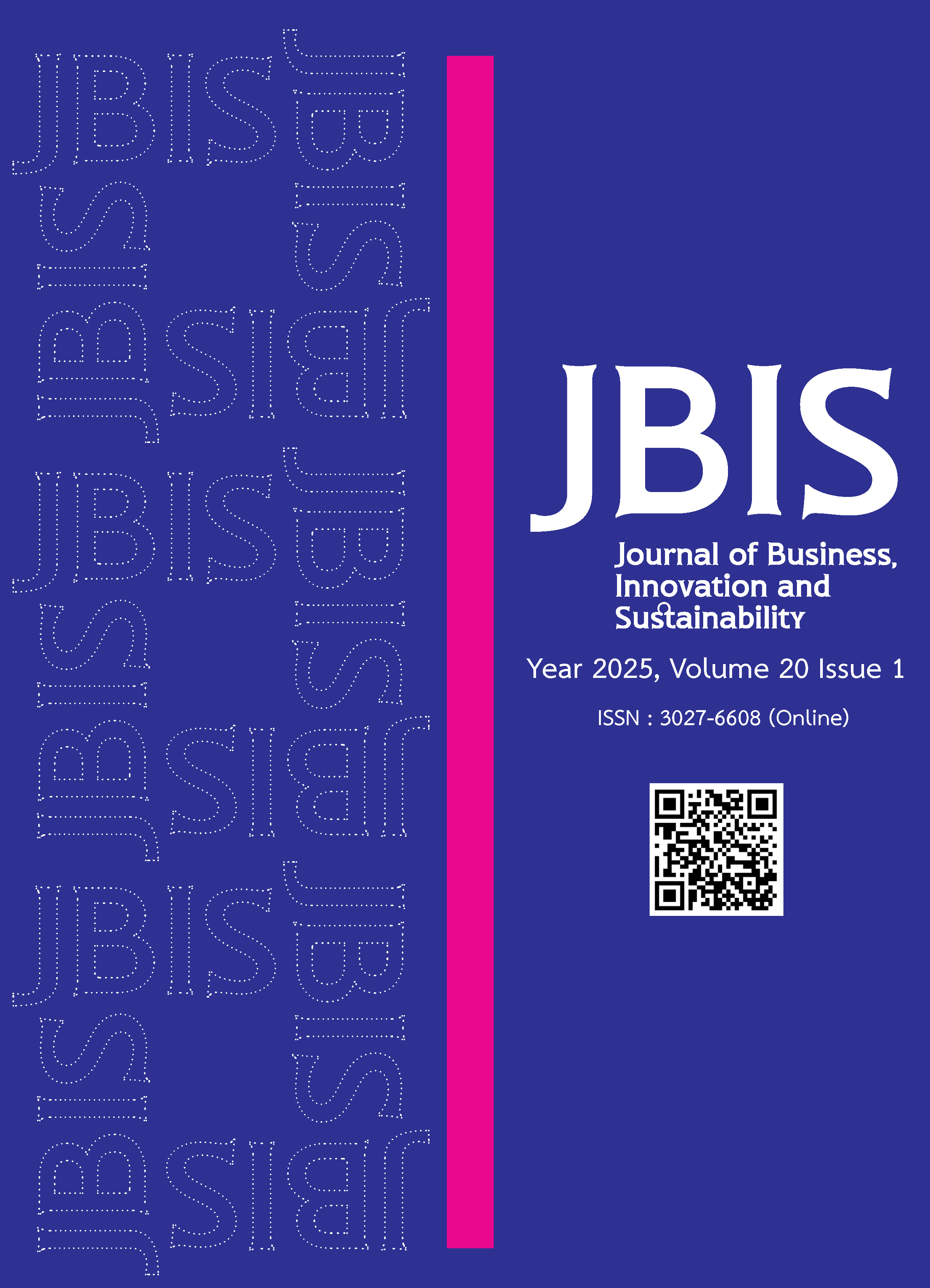Determinants of Self-reported Health among Older Adults in Thailand
Main Article Content
Abstract
Background Rapidly aging societies have become one of the most concerning issues that many countries, including Thailand, are now facing. Thailand is now in the stage of population aging in which the working-age share of the population is shrinking and the older-age share is increasing. Understanding the factors that influence health outcomes among the elderly becomes increasingly important. As people live longer, ensuring they maintain good health is essential to reduce the burden on healthcare systems and society.
Methods This study utilizes data from the 2021 Survey of the Older Persons in Thailand collected by National Statistics Office (NSO). The study focuses on a person aged sixty years and above, defined as an older adult, resulting in a sample of 43,693 older persons. The binary logistic regression analysis was used to determine how demographic, economic, behavior and social environment factors affect elderly health.
Results For each additional year of age, the probability of having good health decreases. Males are more likely to have good health compared to females. Individuals with higher education are more likely to have good health compared to those with lower education. Universal healthcare has the least impact on good health. Older adults who can do activities of daily living without dependence and those exercise regularly have higher probability to have good health. Elderly living alone slightly decreases the likelihood of good health. Older adults who quit jobs deteriorated health.
Article Details

This work is licensed under a Creative Commons Attribution-NonCommercial-NoDerivatives 4.0 International License.
References
Agrawal, S. (2012). Effect of living arrangement on the health status of elderly in India. Asian Population Studies, 8(1), 87-101.
Bakshi, S. (2021). Determinants of self-reported health status: Evidence from countrywide surveys of older adults in India. IER Journal of Health and Demography, 6(2), 1-14.
Bendayan, R., Piccinin, A. M., Hofer, S. M. and Muniz, G. (2017). Are changes in self-rated health associated with memory decline in older adults?. Journal of Aging Health, 29(8), 1410–1423.
Chongthawonsatid, S. (2022). Socioeconomic status and health condition of the older adult and elderly population in Thailand. Thai Journal of Public Health, 52(1), 79-87.
Chung, S. D., Kim, Y. H. and Choi, H. J. (2013). Relationship between socio-economic resources and health: A comparison of elderly with different age groups. Health and Social Welfare Review, 33(2), 63-90.
Feng, Z., Wang, W. W. and Jones, K. (2013). A multilevel analysis of the role of the family and the state in self-rated health of elderly Chinese. Health and Place, 23C, 148-156.
Frith, E. and Loprinzi, P. D. (2017). Physical activity and cognitive function among older adults with hypertension. Journal of Hypertension, 35(6), 1271–1275.
Godaert, L., Godard-Sebillotte, C., Allard Saint-Albin, L., Bousquet, L., Bourdel-Marchasson, I., Fanon, JL., et al. (2018). Self-rated health as a predictor of mid-term and long-term mortality in older Afro-Caribbeans hospitalised via the emergency department. Quality of Life Research, 27, 91–96.
Holt-Lunstad, J., Smith, T. B. and Layton, J. B. (2010). Social relationships and mortality risk: A meta-analytic review. PLoS Medicine, 7(7), 1-20.
Hu, J., Wallace, D. C. and Tesh, A. S. (2010). Physical activity, obesity, nutritional health and quality of life in low-income hispanic adults with diabetes. Journal of Community Health Nursing, 27(2), 70–83.
Huisman, M. and Deeg, D. J. H. (2010). A commentary on MarjaJylhä’s “what is self-rated health and why does it predict mortality? Towards a unified conceptual model”. Social Science and Medicine, 70(5), 652-654.
Idler, E. L. and Benyamini, Y. (1997). Self-rated health and mortality: A review of twenty-seven community studies. Journal of Health and Social Behavior, 38(1), 21-37.
Jylhä, M. (2009). What is self-rated health and why does it predict mortality? Towards a unified conceptual model. Social Science and Medicine, 69(3), 307-316.
Kim, C. B., Yoon, S. J. and Ko, J. (2017). Economic activity and health conditions in adults aged 65 years and older: Findings of the Korean national longitudinal study on aging. Health care, 5(4), 63.
Marmot, M. (2004). Social causes of social inequalities in health. In S. Anand, P. Fabienne & A. Sen (Eds.), Public health, ethics, and equity (pp. 37–46). Oxford, England: Oxford University Press.
Meng, X. and D’Arcy, C. (2016). Determinants of self-rated health among Canadian seniors over time: a longitudinal population-based study. Social Indicators Research, 126(3), 1343–1353.
Minami, U., Nishi, M., Fukaya, T., Hasebe, M., Nonaka, K., Koike, T., et al. (2015). Effects of the Change in Working Status on the Health of Older People in Japan. PLOS ONE, 10(12), 1-10.
Ng, E. (2015). Canadian Health Measures Survey: a tool for immigrant health research?. Health Reports, 26(3), 3–9.
Saengprachaksakula, S. (2015). The determinants of Thai active ageing level. Journal of Social Sciences and Humanities Research in Asia, 21(1), 139-167.
Shrestha, A., Ghimire, S., Kinney, J., Mehta, R., Mistry, S. K., Saito, S., et al. (2024). The role of family support in the self-rated health of older adults in eastern Nepal: Findings from a cross-sectional study. BMC Geriatrics, 24(20), 1-11.
Stroope, S., Kent, B. V., Zhang, Y., Spiegelman, D., Kandula, N. R., Schachter, A. B., et al. (2022). Mental health and self-rated health among U.S. South Asians: the role of religious group involvement. Ethnicity and Health, 27(2), 388–406.
Thanakwang, K., Isaramalai, S. and Hatthakit, U. (2014). Development and psychometric testing of the active aging scale for Thai adults. Clinical Interventions in Aging, 9, 1211-1221.
Wallack, E. M., Wiseman, H. D. and Ploughman, M. (2016). Healthy aging from the perspectives of 683 older people with multiple sclerosis. Multiple Sclerosis International, 2016(1), 1-10.
Wu, Z. and Schimmele, C. M. (2006). Psychological disposition and self-reported health among the oldest-old in China. Ageing & Society, 26(1), 135-151.


